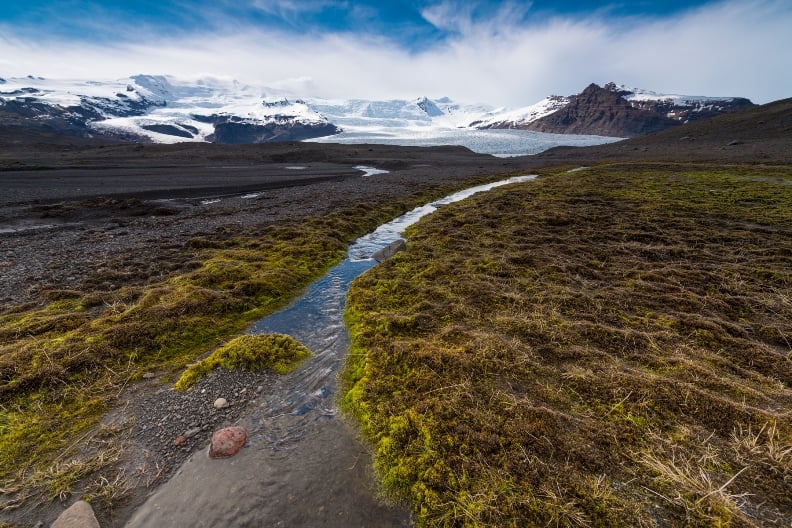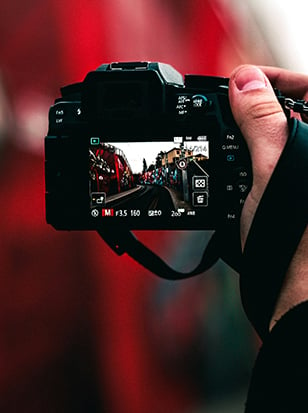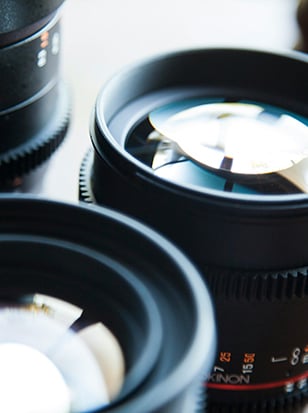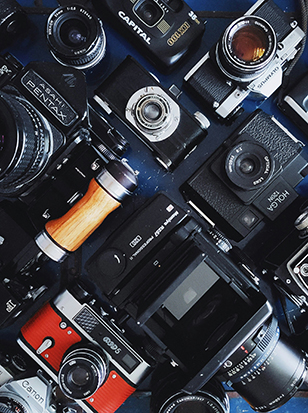Ultra-wide lenses are tricky tools, but can yield amazing results. Kirk Norbury explains how to get the most out of them

All images by Kirk Norbury
Wide-angle lenses are the most common type of lens used by landscape photographers. As we capture the scene around us, a wide angle of view helps bring more of it into the frame for a more immersive image.
However, sometimes the common wide focal lengths – like 24mm, 35mm, etc. – are just not wide enough. That’s where ultra-wide lenses come into play. What constitutes an ultra-wide lens depends on the size of the camera’s sensor; on a full-frame camera, 14mm is a very wide lens, but on an APS-C camera you’d need to be around 10mm to achieve the same look.
In this article, I will be looking at using ultra-wide lenses on a full-frame camera rather than on a cropped-sensor camera, but the techniques, styles and methods are translatable no matter what size of sensor you use. For the purposes of this article we will be looking at lenses that are wider than 16mm.

Samyang 14mm f/2.8, Nikon D800, 1/13th sec, f/16, ISO 100
Primes versus zooms
The various advantages of using a prime or zoom lens depend on how you like to work and the flexibility of the gear you use.
Prime lenses tend to produce sharper images and are lighter to carry around, whereas zoom lenses are generally heavier due to the extra glass inside. Of course, the main advantage of zoom lenses is that you have more flexibility, able to change up your focal length without having to change lenses. In many circumstances, this is better, especially for composition.
I personally prefer zoom lenses, as I don’t have to carry as much gear in my bag, and have to spend less time changing lenses while in the field.
The issue with filters
Filters offer huge creative benefits for photography, especially neutral density filters, which allow us to control the amount of light coming through the lens. However, with lenses like Nikon’s 14-24mm, Canon’s 11-24mm or either manufacturer’s 14mm prime, attaching a standard 100mm filter holder simply isn’t possible due to the fisheye-like front element.
To get around this, filter companies like Lee and Lucroit have created holders specifically designed for these types of lenses. To cover the angle of view, the filters required are a lot larger than what you would traditionally use, most measuring 150mm to 170mm on their longest side. If you’re serious about using ultra-wide lenses for your photography, I would highly recommend getting a couple of these filters to increase the usability of these lenses.

Nikon 14-24mm, Nikon D800, Lucroit Filter Holder, 3 Stop ND, 1 second, f/22, ISO 50
Controlling distortion
As ultra-wide-angle lenses have a bulbous front element, barrel distortions are pretty strong. This means straight lines – including the horizon – will appear to bend, especially around the edges of the frame. Tilting the lens up or down will alter how much distortion there is in the final image.
This can be fixed in editing but you can only do so much; if you were photographing any large buildings, for example, it’ll be hard to correct. Therefore when composing my shots I bear this in mind, and I make sure there are no elements with straight lines lurking around the edges of my frame.
Of course, you can also turn this into an advantage, deliberately exaggerating objects around the edge of the frame for effect. When the camera is in a vertical orientation, I like to use the distortion to make the peaks on mountains to appear taller than they would if placed into the middle of the frame.

Samyang 14mm f/2.8, Nikon D800, 1/4sec, f/22, ISO 100
Emphasise a foreground element
Generally on these lenses the minimum focus distance is relatively short, meaning you’ll be getting close to elements in the foreground, and this will mean the extremely wide angle of view will exaggerate their size.
Again you can turn this to your advantage: if I want an object in my foreground but it’s quite small then I’ll try to get as close as possible to make it appear larger and fill the bottom of the frame.
In the image below, the ice was relatively small but I loved the shape and how the light was passing through it. By getting my lens less than 80cm away, I was able to increase the size of the ice to make it more dominant in the shot.

Samyang 14mm f/2.8, Nikon D800, 1.3 seconds, f/22, ISO 100
Tips and tricks
Changing the height at which you shoot from can make a big difference, having a significant impact on how the image is viewed. Most of the time we photograph from chest height, which with most setups works fine, but with a wide angle lens I find this angle tends to make the scene seem flat, with the camera getting absolutely everything in shot. Get down low, and you will quickly see what a difference a few feet makes with a lens like this.

Nikon 14-24mm, Nikon D800, 1/400sec, f/8, ISO 200
One thing I love these lenses for is photographing the night sky without having to create a massive panorama. Try using your wide-angle to photograph the Milky Way, and turn the camera vertically to get as much of it in your frame possible.
This also works if you get the chance to photograph the Aurora Borealis, especially when it’s moving above your head.

Samyang 14mm f/2.8, Nikon D800, 25 seconds, f/2.8, ISO 1250
While filters are already quite difficult to use with these lenses, I would especially strongly advise against using polarising filters. As the polarising filter’s efficacy is dependent on the angle of the sun to the lens, most effective at 90 degrees, the bulbous front element of an ultra-wide-angle lens could mean one edge of the frame would be facing almost towards the sun with the opposite side practically facing away from it. This could cause the changing effect of the filter across your image, which doesn’t always look that good.
Conclusion
If you’re interested in photographing landscapes and the night sky I would highly recommend getting an ultra-wide angle lens. At first dealing with the extreme angle of view can be a little overwhelming, but once you get used to it and start to see the benefits of these lenses you’ll never leave home without one.
Yes, the distortions and perspective can look quite weird on certain objects, but remember there are plenty of ways you can use this to your advantage. Just like with any lens, you will only get the best from an ultra-wide-angle lens if you get outside and shooting with it as much as possible
About the Author
Kirk Norbury is a nature photographer and cinematographer based in Ayr, Scotland. You can find out about the workshops he runs and view more of his work on his website.
Related articles
A Guide to Taking Photographic Hikes
A Photographic Tour of Iceland
The Best Accessories for Landscape Photography



